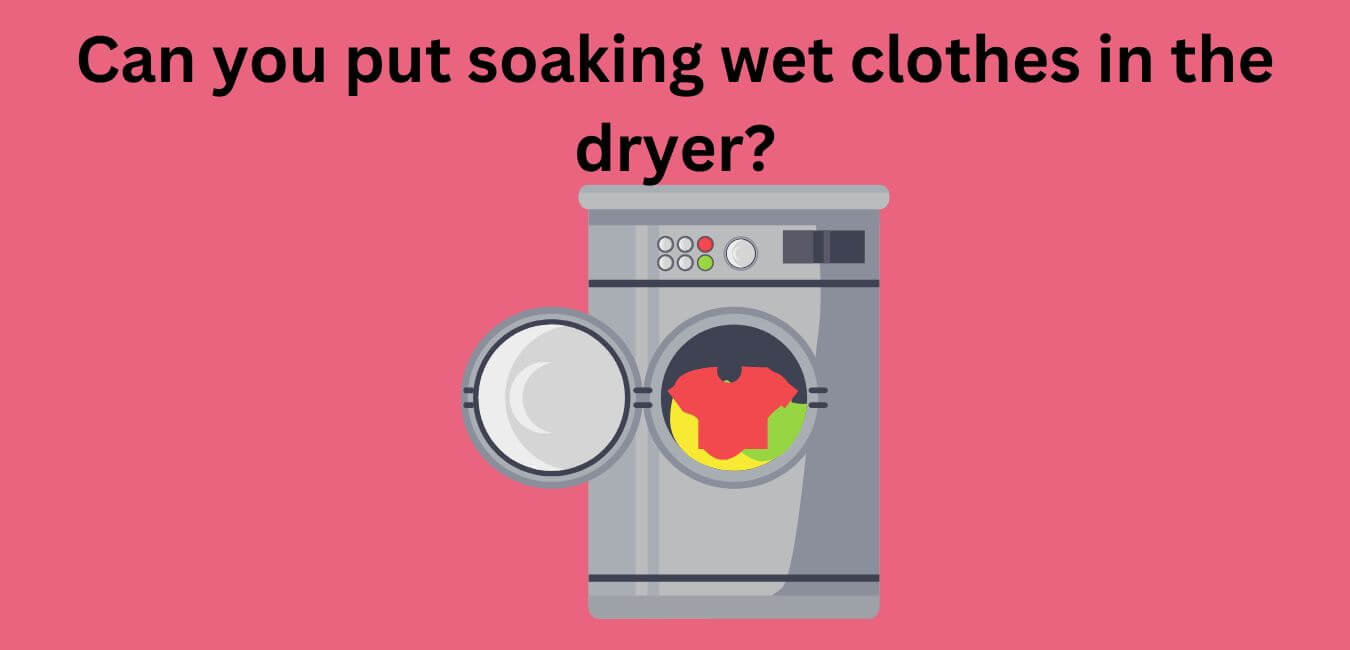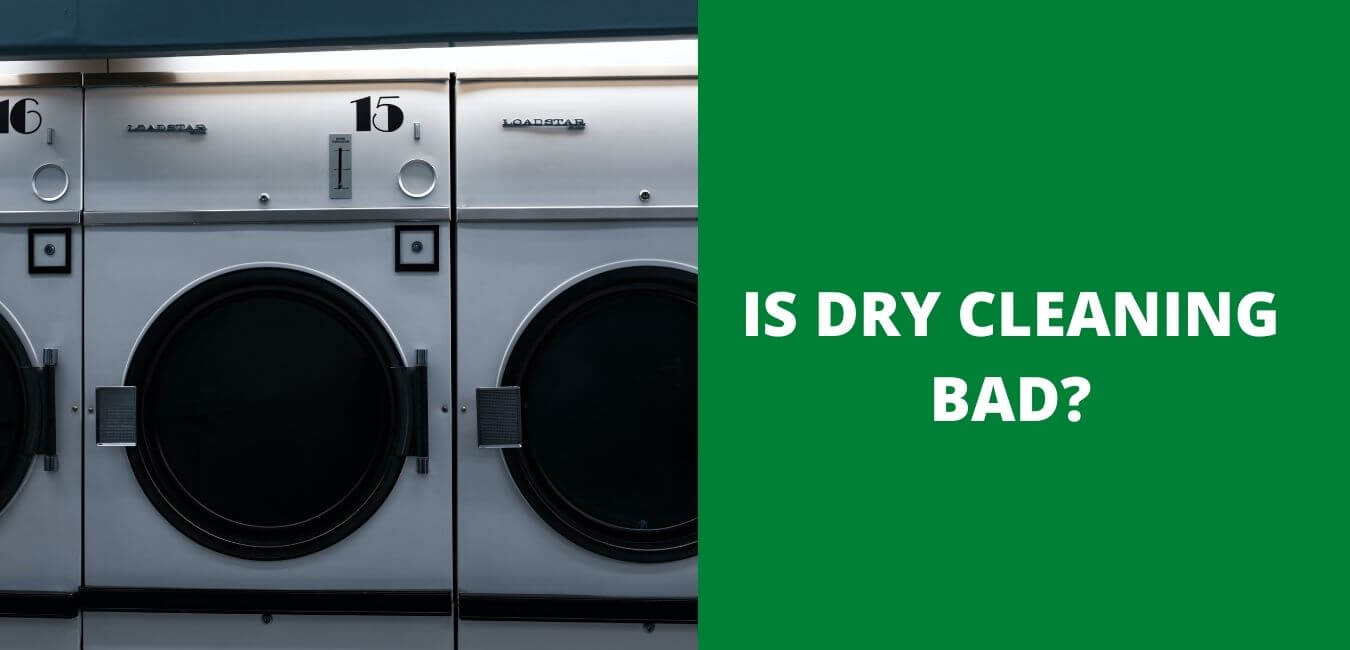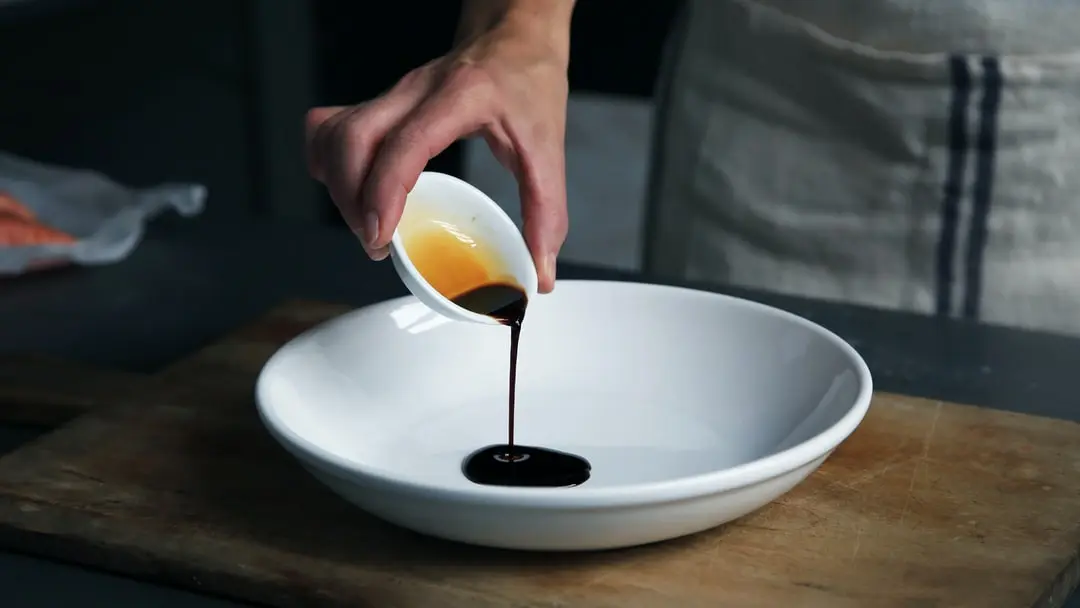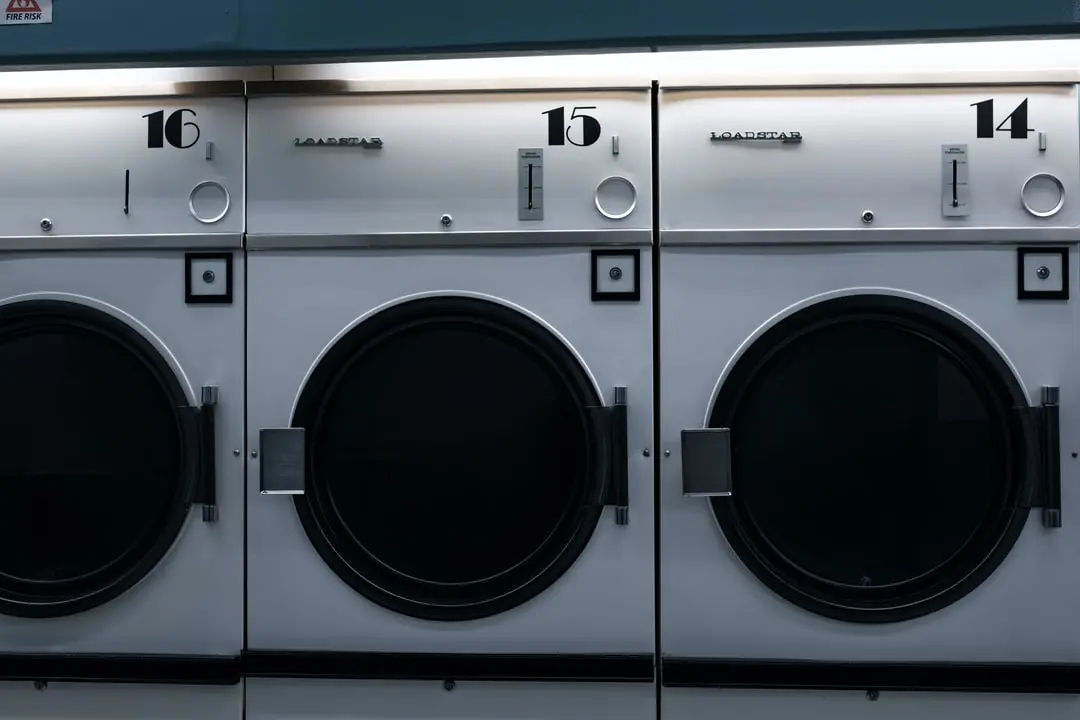Have you ever wondered, “Can you put soaking wet clothes in the dryer?” It’s a common query, but there are several factors to consider. This article will help dispel myths and provide factual information about drying extremely wet garments.
Read on – your laundry routine may never be the same again!
Key Takeaways
- Putting soaking wet clothes in the dryer can lead to extended drying times, higher energy bills, and potential damage to both the clothes and the appliance.
- Clothes may dry stiffly when put in the dryer while soaking wet, clumping together during the drying process and preventing proper airflow.
- Placing heavy loads of soaking wet clothes in the dryer can strain the motor and bearings of the appliance, potentially causing malfunctions or breakdowns.
- Excessive water accumulation in a condenser dryer from soaking wet clothes can result in longer drying times and issues with draining excess water properly.
- Alternatives to using a dryer for drying extremely wet clothes include wringing them out by hand, drip-drying on a clothesline, leaving them in a basin to drain off excess water, using fans or air circulation methods for faster drying, or even utilizing a hairdryer or iron for smaller items.
Risks of Putting Soaking Wet Clothes in the Dryer

Putting soaking wet clothes in the dryer can lead to extended drying times, higher energy bills, clothes drying stiffly, potential damage to the dryer from heavy loads, and excessive water accumulating in a condenser dryer.
1. Extended drying time
Placing soaking wet clothes straight into the dryer can significantly extend the drying time. The appliances are designed to handle dampness, not drenched fabrics. Therefore, if you insert your sopping garments directly from the washer to the dryer, it will struggle to evaporate all that extra moisture effectively and speedily.
As a result, it pushes your machine to work overtime and might hinder its performance in the long run. It’s akin to giving an endurance marathoner a surprise sprint mid-race! So next time before you toss those water-logged jeans or tees into your dryer, wring out excess h2O—they’ll thank you for making their job easier!
2. Higher energy bills
Putting soaking wet clothes in the dryer can lead to higher energy bills. When you place heavily saturated garments into the dryer, it takes longer for them to dry completely. This extended drying time means that the dryer has to work harder and consumes more energy to remove all the moisture from your clothes.
As a result, you may notice an increase in your electricity bill due to the extra energy required for drying wet clothes. To save on energy costs, it’s better to partially dry your clothes before using the dryer or explore alternative methods of drying wet laundry without relying solely on your dryer’s power consumption.
3. Clothes may dry stiff
Putting soaking wet clothes in the dryer can result in stiff and uncomfortable garments. When clothes are excessively wet, they tend to clump together during the drying process, preventing proper airflow and causing them to dry stiffly.
This can be particularly problematic for delicate fabrics or items that require a soft touch. To avoid this issue, it’s best to wring out excess water from your clothes before putting them in the dryer or consider alternative methods of drying such as air-drying or using a clothesline.
By ensuring your clothes are adequately dried, you can maintain their softness and prevent discomfort when wearing them.
4. Heavy loads can damage the dryer
Placing heavy loads of soaking wet clothes in the dryer can potentially cause damage to the appliance. Dryers are designed to handle damp or slightly moist clothing, not excessively wet garments.
When overloaded with heavy and dripping wet clothes, dryers may struggle to spin properly and distribute heat evenly, resulting in longer drying times and reduced efficiency. This can put additional strain on the dryer’s motor and bearings, potentially leading to malfunctions or even complete breakdowns.
To avoid any potential damage, it is best to wring out excess water from your clothes before putting them in the dryer.
5. Excessive water in a condenser dryer
Excessive water in a condenser dryer can cause several problems. Condenser dryers work by collecting moisture from the air inside the drum and turning it into water, which is then stored in a container or drained away through a hose.
When you put soaking wet clothes in the dryer, there is an increased amount of water that needs to be collected and removed. This can overwhelm the condenser system, leading to longer drying times and potentially causing issues with draining the excess water properly.
It’s important to ensure that your clothes are not too wet before putting them in a condenser dryer to prevent these complications and maintain efficient drying performance.
How to Dry Soaking Wet Clothes Without a Dryer

To dry soaking wet clothes without a dryer, you can wring them out by hand, drip-dry them on a clothesline, leave them in the basin to drain off excess water, use a fan or air circulation to speed up drying, or even use a hairdryer or iron for smaller items.
1. Wring clothes dry by hand
To dry soaking wet clothes without a dryer, you can try wringing them out by hand. This method helps remove excess water, making it easier for the clothes to dry faster. Here’s how to do it:
- Start by laying a clean towel on a flat surface, such as a table or countertop.
- Take one article of soaking-wet clothing and hold it firmly at one end.
- Using your other hand, begin twisting the fabric tightly in one direction to squeeze out the water.
- Continue twisting until no more water drips from the garment.
- Gently unfold the clothing and transfer it to another part of the towel.
- Repeat this process for each piece of soaking wet clothing, wringing out as much water as possible.
2. Drip-dry on a clothesline
One effective way to dry soaking wet clothes without a dryer is by drip-drying them on a clothesline. Here’s how to do it:
- Find a suitable area outdoors to set up your clothesline. It should be in direct sunlight or a well-ventilated space.
- Take the soaking wet clothes and gently wring out excess water by twisting them in your hands. Be careful not to stretch or damage delicate fabrics.
- Hang the clothes on the clothesline, making sure there is enough space between each garment for air circulation.
- Use clothespins or hangers to secure the clothes onto the line, ensuring they don’t fall off or get blown away by the wind.
- Leave the clothes to air dry naturally. The sunlight and breeze will help evaporate the moisture from the garments.
- Check periodically to see if the clothes are drying evenly. If any garments are still damp, you can reposition them on the line or flip them over for better exposure to airflow.
- Depending on weather conditions and fabric thickness, it may take several hours or even a full day for the clothes to completely dry.
- Once dry, remove the clothing from the line and give them a gentle shake to remove any stiffness that may have occurred during drying.
3. Leave soaking clothes in the basin to drain off
To dry your soaking wet clothes without a dryer, you can simply leave them in the basin or sink to drain off the excess water. Here’s how:
- After removing the clothes from the washer, gently squeeze out any excess water.
- Transfer the wet garments to a clean basin or sink.
- Arrange the clothes in such a way that they’re not tightly packed, allowing for maximum water drainage.
- Leave the soaking clothes undisturbed for some time, preferably about 20 minutes to half an hour. During this time, gravity will help pull out more water from the garments.
- If you notice any remaining water pooling at the bottom of the basin, you can carefully pour it out or use a towel to absorb it.
- Once you feel that most of the excess water has drained off, proceed with either air drying or using alternative methods like wringing by hand, hanging on a clothesline, using fans or air circulation, or even utilizing a hairdryer or iron on low heat if necessary.
4. Use a fan or air circulation
To dry soaking wet clothes without a dryer, you can make use of a fan or create air circulation. Here’s how:
- Set up a portable fan: Place a portable fan near the wet clothes and turn it on. The airflow from the fan will help to speed up evaporation and aid in drying the clothes faster.
- Open windows or doors: If weather conditions permit, open windows or doors to allow fresh air to circulate in the room. This natural air movement can help in drying wet clothes more quickly.
- Use a ceiling fan: If you have a ceiling fan in the room, turn it on at a medium or high speed. The circulating air created by the ceiling fan will facilitate the drying process.
- Hang clothes near vents or registers: If your home has central heating or cooling systems, hang the wet clothes near vents or registers where warm or cool air is being circulated. The airflow from these sources will help dry the garments faster.
- Create cross ventilation: If there are multiple windows or doors in the room, open them strategically to create cross ventilation. This means opening windows/doors on opposite sides of the room so that air can flow through and dry your clothes efficiently.
5. Use a hairdryer or iron
If you’re in a hurry and need to dry your soaking-wet clothes quickly, you can use a hairdryer or iron to help speed up the process. Here’s how:
- Hairdryer: Set your hairdryer to its highest heat setting and hold it a few inches away from the wet fabric. Move the dryer back and forth across the clothing, ensuring even heat distribution. This can help evaporate the water and accelerate drying.
- Iron: Set your iron to a low heat setting without steam. Place a clean cloth or towel over the wet garment to act as a barrier between the iron and the fabric. Gently press down on the cloth, moving the iron in circular or back-and-forth motions to apply heat evenly. The combination of heat and pressure will help remove moisture from the clothing.
- Avoid holding them too close to prevent scorching or damaging delicate fabrics.
- Test on an inconspicuous area first, especially for sensitive materials like silk or wool.
- Do not leave them unattended while drying as they emit heat that can be a fire hazard.
- Be cautious when using them on synthetic fabrics as they may melt under high heat.
Tips to Prevent Excessively Wet Clothes

To prevent excessively wet clothes, make sure to check your washer for proper drainage and avoid overloading it. Properly adjust the spin cycle to ensure that as much water as possible is removed from the garments.
Also, using appropriate detergent and fabric softener can help optimize the drying process.
1. Check your washer for proper drainage
Ensure that your washer is properly draining to prevent excessively wet clothes. Here’s what you can do:
- Clean the drain filter regularly: Over time, debris and lint can accumulate in the drain filter, causing water to back up and not drain properly. Take a few minutes to locate and clean this filter according to your washer’s instructions.
- Inspect the drain hose: Make sure the drain hose is securely connected to both the washer and the drain pipe. Check for any kinks or blockages that may be impeding proper drainage.
- Clear clogs in the drainage system: If you notice water pooling at the bottom of your washer during cycles, there may be a clog in the drainage system. Use a plumbing snake or a wire hanger with a bent end to dislodge any obstructions in the pipes.
- Adjust load size and detergent usage: Overloading the washer or using excessive amounts of detergent can result in poor rinsing and inadequate drainage. Follow your washer’s guidelines for load sizes and recommended detergent amounts.
- Level your washer: If your washing machine is not leveled properly, it may not drain efficiently. Use a level tool to check if it’s balanced correctly, adjusting the feet as necessary.
2. Avoid overloading the washer
To prevent excessively wet clothes and ensure they can be properly dried, it’s important to avoid overloading the washer. Here are some tips to keep in mind:
- Follow the manufacturer’s guidelines: Different washers have different capacities, so make sure to check the recommended load size for your specific machine.
- Leave enough space: Overstuffing the washer can prevent proper water circulation, resulting in poorly washed and excessively wet clothes. Leave enough room for the water and detergent to move around freely.
- Separate heavy items: Heavy items like towels or jeans take longer to dry, so it’s best to wash them separately or with lighter fabrics. This will help ensure that all garments are adequately dried.
- Consider load sensors: Some modern washers have load sensors that automatically adjust the water level and washing time based on the weight of the laundry. Utilize these features if available.
- Don’t exceed weight limits: In addition to volume, pay attention to weight limits as well. Overloading with heavy items can put a strain on the washer’s motor and suspension system, leading to inadequate draining and excessive moisture in clothes.
- Use high spin speeds: Opt for higher spin speeds during the final cycle of your washing machine. This helps remove excess water from the clothes before transferring them to the dryer.
3. Ensure proper spin cycle
To prevent excessively wet clothes and avoid potential damage to your dryer, it’s important to ensure the proper spin cycle when using your washing machine. Here are some tips:
- Select the appropriate spin setting: Check your washing machine’s user manual or control panel for options such as “high spin” or “extra high spin.” These settings help remove more water from your clothes, leaving them less soaked.
- Avoid overloading the washing machine: Overloading can disrupt the balance of the drum during the spin cycle, preventing it from effectively removing water from your clothes. Follow the recommended load capacity guidelines provided by the manufacturer.
- Balance heavy and light items: When loading your washing machine, distribute heavy and light items evenly throughout the drum. This helps maintain balance during spinning, allowing for better water extraction.
- Use an adequate amount of detergent: Using too much detergent can create excessive suds, which may hinder the spinning action of the washing machine. Follow the recommended dosage provided by the detergent manufacturer.
- Perform regular maintenance: Clean out any lint or debris that may be blocking drainage in your washing machine’s filter or drain hose. Regular maintenance helps promote efficient water drainage during the spin cycle.
4. Use appropriate detergent and fabric softener
When it comes to drying soaking wet clothes, using the right detergent and fabric softener can make a big difference. Here are some tips to ensure your garments dry properly:
- Choose a high-quality detergent: Opt for a detergent specifically designed for heavy-duty cleaning and stain removal. These detergents often have stronger surfactants that can help break down dirt and grime in the fabric, allowing it to dry faster.
- Consider using a fabric softener: Adding fabric softener to your laundry routine can help prevent clothes from becoming stiff and rough when they dry. Fabric softeners coat the fibers of the fabric, making them feel softer and more flexible.
- Measure the appropriate amount: Follow the instructions on the detergent and fabric softener packaging to determine the correct amount to use for each load. Using too much or too little can affect how well your clothes dry.
- Avoid overloading the washer: Putting too many clothes in the washing machine at once can lead to inadequate rinsing, resulting in excess moisture remaining in the garments after they’re washed. This can prolong drying time.
- Use proper water temperature: Depending on the type of clothing you’re washing, adjust the water temperature accordingly. Hotter water can help remove tough stains, but colder water is generally gentler on fabrics.
- Rinse thoroughly: After washing, make sure to rinse your clothes thoroughly to remove any residual soap or detergent residue that could impede drying.
Frequently Asked Questions

1. Can I put soaking wet clothes directly into the dryer?
It is not recommended to put soaking wet clothes directly into the dryer as it may lead to longer drying times and potential damage to your machine or clothes. It is best to wring out excess water or run a spin cycle in your washing machine before transferring them to the dryer.
2. How should I prepare soaking wet clothes for drying in the dryer?
Before putting soaking wet clothes in the dryer, it is advisable to remove as much excess water as possible by wringing them out or using a towel to absorb moisture. This will help improve drying efficiency and prevent unnecessary strain on your appliance.
3. What happens if I put extremely wet clothes in the dryer?
If you put extremely wet clothes in the dryer, it can cause increased moisture inside the machine, leading to prolonged drying times and potentially creating an environment conducive to mold growth. It can also strain your appliance’s motor and increase energy consumption.
4. Are there any benefits of partially air-drying clothes before placing them in the dryer?
Partially air-drying your clothes before placing them in the dryer can help reduce overall drying time and minimize wrinkles. It can also be gentler on delicate fabrics that are prone to shrinking or becoming damaged when exposed to high heat for extended periods.
Conclusion and final thoughts 💭
In conclusion, it is not recommended to put soaking wet clothes in the dryer. Doing so can lead to extended drying times, higher energy bills, and potentially damage both your clothes and the appliance itself.
It’s best to wring out excess water or opt for alternative drying methods like air-drying or using a clothesline for better results. Remember, taking care of your garments and your dryer will ensure they both last longer!






